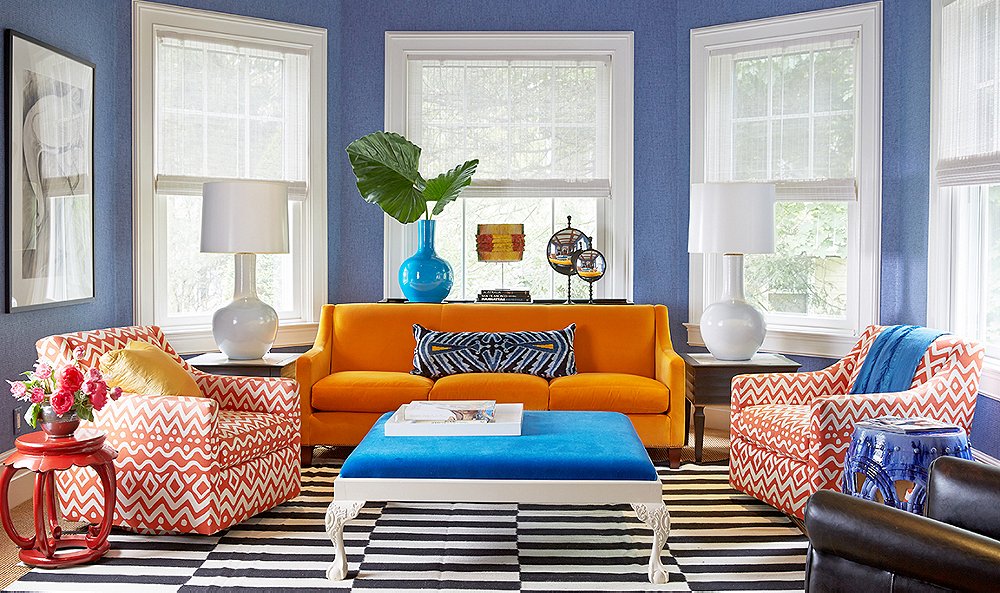4 Tips for Decorating With Muted Colors

Soft pastels, earthy tones, faded shades of primary colors – it’s a shame that muted colors are still fairly underrated in interior design because they can bring a sense of tranquility, sophistication, and timelessness to interior design. Of course, this depends in large part on interior design decisions so here are 4 top tips for decorating with muted colors.
Introduce Texture and Pattern
With muted colors, one of the first things you want to do is to add depth because muted color palettes can sometimes appear flat or one-dimensional, and without depth a room with muted colors might feel dull or uninspiring.
Consider using materials like linen curtains, woolen throws, shaggy rugs, or a chunky knit blanket. Then, think about geometric designs, tone-on-tone patterns, or soft, organic prints for your upholstery, throw pillows, or even wallpaper. For example, many retirement communities decorate their rooms in muted colors to create a serene atmosphere for residents and a great way to add texture and patterns to such rooms is with herringbone upholstery, knitted throws, soft floral prints on cushions, etc.
Add Accents and Accessories
Even a single well-chosen accessory – a vibrant piece of artwork, an intricately designed vase – can enliven a muted-colored space.
Imagine a living room painted with soft gray walls and then a vibrant piece of abstract artwork injecting a burst of energy with rich blue and gold hues.
Go for accents and accessories with bolder colors or metallic finishes like gold, copper, or silver in the form of picture frames, or even a statement piece of furniture.
Pay Attention to Lighting
Lighting can do a lot in any room, especially ones with muted colors. Lighting in rooms with muted colors serves as both a practical necessity and a design tool because it enhances the inherent qualities of such color schemes while adding layers of visual interest.
Opt for warm-toned lighting with soft, diffused bulbs as they complement muted colors by creating a cozy atmosphere. You also want to use a combination of ambient, task, and accent lighting to create depth and functionality. Plus, the design of light fixtures can also contribute to the overall aesthetic. Think fabric shades, rattan, or metal with an aged finish.
Incorporate Natural Elements
Combining natural elements with muted colors is popular for a reason. For example, the combination of natural elements and muted colors often means a timeless design that transcends trends.
Start by adding wooden furniture or elements like exposed wooden beams, shelves, or flooring. Also, natural stone surfaces, like marble countertops or a slate fireplace, create visual contrast and a sense of sophistication.
Alternatively, you can also stick to simple indoor plants that not only add color but also purify the air.
Muted colors create a serene and timeless ambiance that makes them suitable for various design styles, from Scandinavian to traditional. So just experiment and adjust these design tips until you achieve the desired aesthetic for your space.

